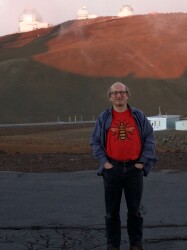BibTex format
@article{Clements:2017:mnras/stx3227,
author = {Clements, DL and Pearson, C and Farrah, D and Greenslade, J and Bernard-Salas, J and Gonzalez-Alfonso, E and Afonso, J and Efstathiou, A and Rigopoulou, D and Lebouteiller, V and Hurley, PD and Spoon, H},
doi = {mnras/stx3227},
journal = {Monthly Notices of the Royal Astronomical Society},
pages = {2097--2121},
title = {HERUS: The Far-IR/Submm Spectral Energy Distributions of Local ULIRGs & Photometric Atlas},
url = {http://dx.doi.org/10.1093/mnras/stx3227},
volume = {475},
year = {2017}
}

